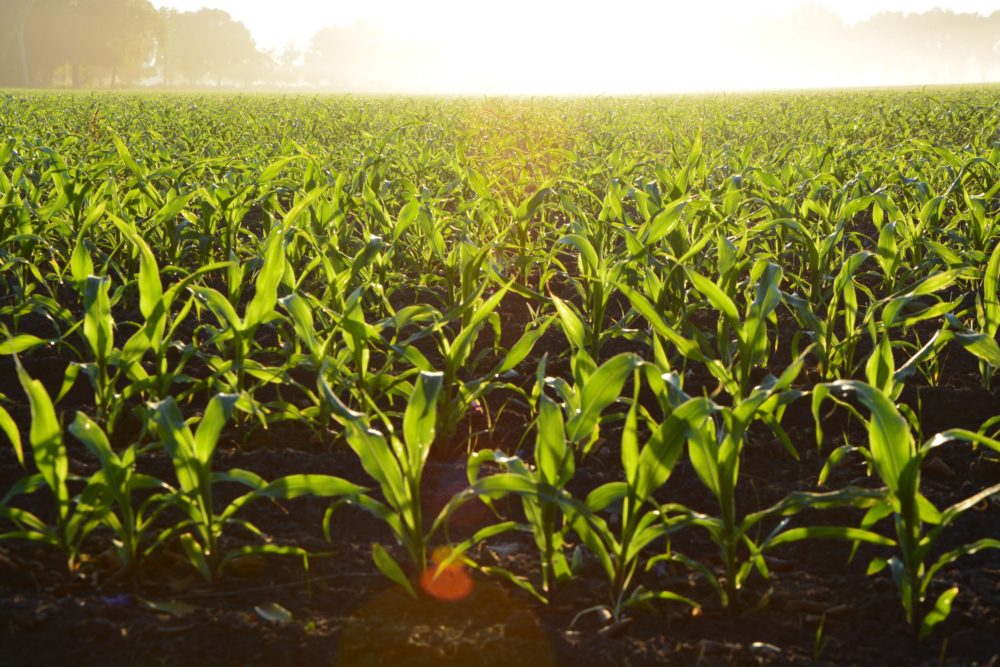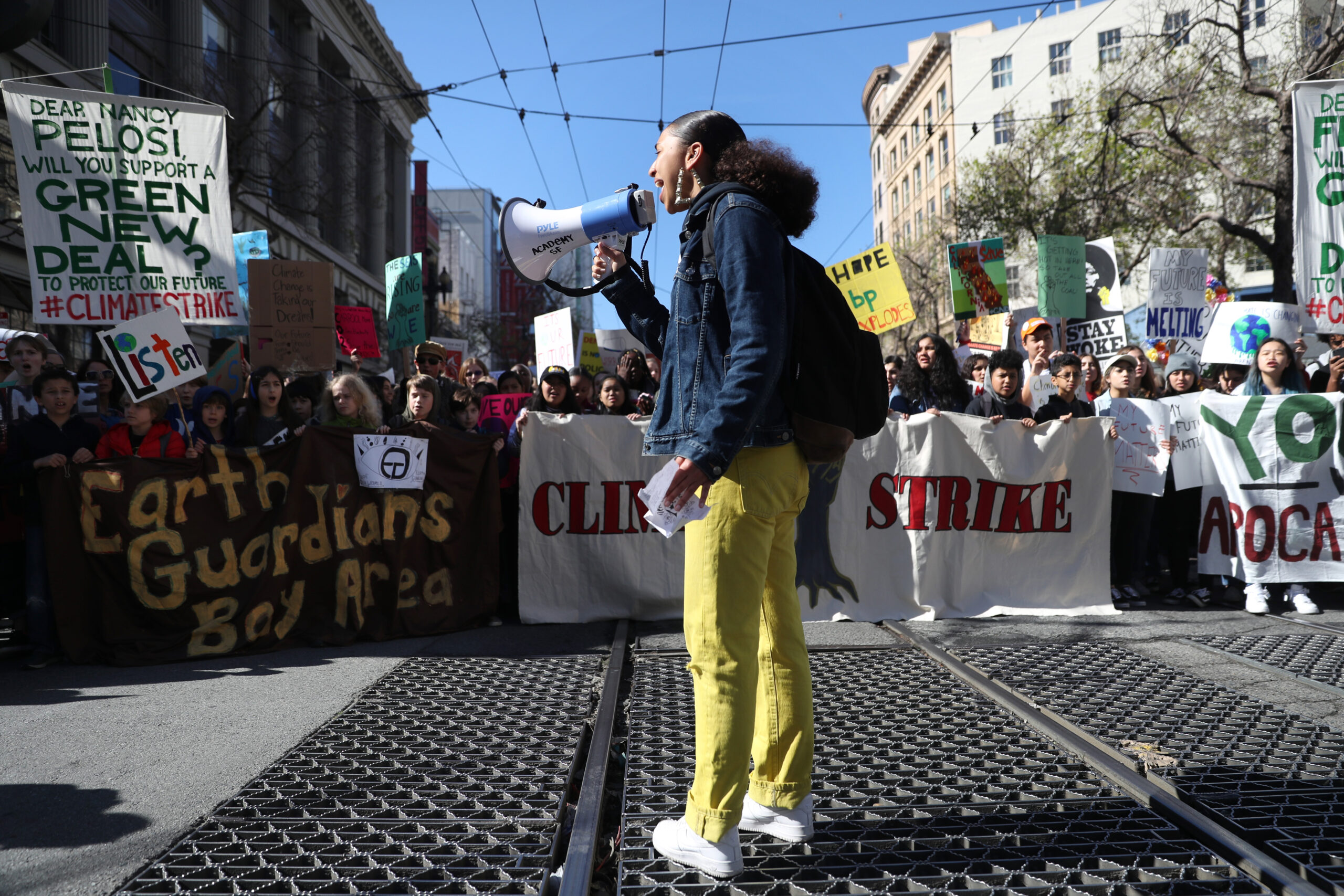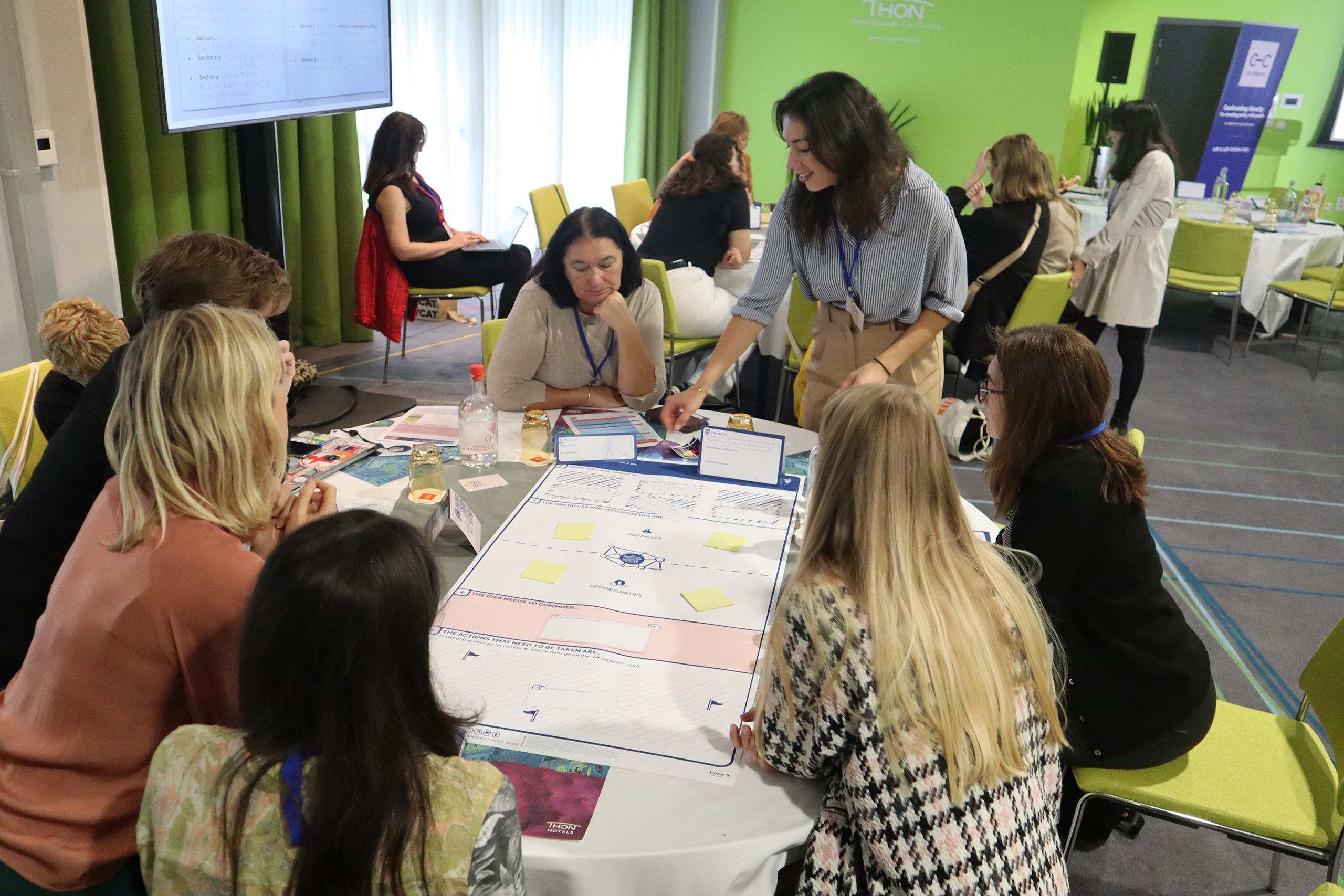Unfortunately, many have come to accept the idea of a stalemate between environmental conservation and human development as a given. A new study by The Nature Conservancy, the University of Minnesota and 11 other leading organizations, suggests that this does not have to be the case.

Heather Tallis, Global Managing Director and Lead Scientist for Strategy Innovation, The Nature Conservancy; Stephen Polasky, Regents Professor and Fesler-Lampert Professor of Ecological/Environmental Economics, University of Minnesota
Climate change, declining air and water quality, rapid population growth—it can seem overwhelming to even contemplate solutions to such global challenges, let alone what it would take to actually implement those solutions.
How will a world already under intense environmental stress be able to feed and shelter an expected 10 billion people by the year 2050?
We started with a simple question: Can we meet the basic needs—food, water, and energy—of a growing population and a growing economy and do better for biodiversity by 2050?
Then, we took a deep dive into the science. Using global system models, we compared the status quo—the business-as-usual path we expect in the next 30 years—against a vision of a more sustainable world rooted in realistic-but-achievable changes in our energy, land and water use.
We based our analyses on widely accepted projections of human population and GDP growth for the year 2050, anticipating growth in demand for energy (~50%), food (~50%) and drinking water (21%). We then looked at two versions—business-as-usual, and more sustainable—of what global production increases could look like to meet these needs and how they would affect land and water use, air quality, climate, fisheries and natural habitats.
Our conclusion will be a surprise to many—we can meet human demands and do better for nature.
We found that some reasonable shifts in how and where we produce food and energy can help us meet global growth projections, while also remaining true to current commitments for protecting habitats and biodiversity, reducing greenhouse gas emissions in line with the Paris Climate Agreement targets, ending overfishing, lowering water stress and dramatically improving air quality.
The results of our analysis also align with 10 of the 17 Sustainable Development Goals outlined by the United Nations.
Paths Toward Change
There are many paths to the kinds of changes we suggest in agriculture, energy production, fishing, and resource management. Making any of the necessary changes will require leaders across sectors—public, private and nonprofit, and especially in conservation, health and development—to shed the long-held notions and rigid identities that so often restrict our thinking and our willingness to work together.
What sort of steps will it take? As expected, it will require an aggressive effort to reduce fossil fuel use and the greenhouse gases that follow, but we can do this with a smart and sensible combination of solar, wind, hydropower and nuclear energy—so long as they are properly sited to protect habitat and use already converted lands.
Other studies have shown that we can ease the necessary fuels transition through investments in natural climate solutions—conservation and land management strategies that maximize the carbon storage potential of our landscapes and coasts.
On the food front, we can meet growing demand using less land than today with a few reasonable changes in where and how agriculture is produced. By shifting where crops are grown within current growing regions, we can respect the food sovereignty of nations around the world while reducing water and fertilizer usage and improving yields. These outcomes also lower water stress and leave more habitat unconverted.
To achieve this plausible, more sustainable world, we need to make aggressive changes soon. Several of these shifts we describe must be under way within the next 10 years if they are to succeed by mid-century.
Without these changes, we will not achieve the goals nations around the world have set for themselves—stabilizing the climate, protecting nature, sustaining food from the oceans, and securing food, water, and energy supplies.
Ours is not the first analysis to address these issues, but often, previous studies looked at different sectors or geographies in isolation. Our study attempts to consider human development and global conservation needs together, more holistically, with the most recent projections of population growth and climate goals.
We welcome like-minded partners to contribute to our work, but we also invite critics to share their perspectives. We certainly do not have all the answers, but we have outlined some of the possibilities and started to build the shared evidence base we need to make better decisions for people and nature alike.
Most of all, we want to spark a conversation that gets us moving, because the greatest risk is inaction. Our new study shows that success depends not on the biophysical limits of the planet, but on our creativity and willingness to tackle these challenges—together.
Explore the science and how we can chart a sustainable path forward: nature.org/twopaths2050
Remaining one step
ahead
of the curve.
Five Youth Leaders Who Will Change the World
To celebrate International Youth Day, we are spotlighting the leaders of tomorrow. From India to the US and New Zealand to South Africa, young people are rising to demand greater action on climate change, biodiversity loss, hunger, malnutrition, food waste, plastic pollution, and more.

Reflecting on five years of policy co-creation with youth: the CO-CREATE project
After five years, the CO-CREATE research project “Confronting Obesity: Co-creating policy with youth” has come to end. Reflections on the project’s achievements and sustained impact are shared.
